Dear Mr. Stoddard,
I have just finished reading Pedro Garcia’s “Highway to Victory” (October 2002). In it he states that “only three of these vessels [ironclads] ever became operational, none proving capable of going to sea.” According to Raimondo Luraghi, in his book A History of the Confederate Navy, the following commissioned CSS ironclads not only became operational, but they saw combat: Arkansas, Stonewall, Richmond, Atlanta, Tennessee, Fredericksburg, North Carolina, Raleigh, Virginia, and Virginia II. Several others also became operational, but did not see combat because of too-rapid enemy advances which caused them to be burned or scuttled, either by their own sailors and Marines or by Northern troops.
As far as “none being capable of going to sea,” I point out that CSS Stonewall was cruising in the Atlantic in May 1865 when she learned the war had ended. Rather than surrender, she sailed to Cuba and her captain, T.J. Page, turned her over to Spanish authorities in return for $16,000 to pay off the crew.
Garcia really shocks me when he low-rates Stephen Mallory and appears to give credit for successful naval operations to General Robert E. Lee. While I yield to no one in my admiration for Lee’s military genius, it was Mallory, with a hand-picked staff of outstanding naval minds, who built a navy literally from scratch. The Confederate Navy, although overwhelmingly outnumbered, gave the Union Navy all it could handle, and more.
In addition to concentrating on “building small, shallow-draft armored vessels,” as Garcia states, the Confederate Navy pioneered electrically detonated torpedoes (which sank more Union ships than I have time to list); David-class gunboats that raided and captured or sank over a dozen Union ships; the submarine CSS Hunley, which sank the Union warship Housatonic—all causing the Union Navy to flee in panic and enabling the Confederacy to keep some of its ports open until the end of the war.
Mr. Garcia also fails to mention the Confederate commerce raiders—such as the CSS Alabama, Shenandoah, Nashville, and Florida—which roamed the high seas with impunity, sinking hundreds of millions of dollars of Northern shipping and detaching a very large number of Union ships off blockade duty to chase them.
A number of Confederate ships did the same as the Stonewall, fighting long after Lee and his troops had surrendered on April 9, 1865. The Mobile Squadron did not surrender until May 8, the ironclad CSS Missouri did not surrender until June 3, and several of the commerce raiders never surrendered but went to neutral ports and either turned over or scuttled their ships. The CSS Shenandoah, which had been sinking whalers in the Arctic, did not hear of the surrender until October. She sailed to England, was scuuttled or turned over to the British, and most of her crew never returned to the United States.
In case you think I am a bigoted Rebel, my paternal great-grandfather served in the 17th Massachusetts Cavalry. I just want to see Stephen Mallory and the Confederate Navy get a fair shake.
A. Jeffrey Cohane
Los Fresnos, Texas
Self-Defending Bombers
Dear Editor:
In “Victory Delayed” (August 2002), Eric Hammel makes a number of valid and valuable points, but misses badly on one. He writes, “… by mid-1942 the concept of the self-defending bomber had taken on a life of its own.” That had happened almost a decade earlier, thanks to a number of factors—the most important of which was the evangelical zeal of “Possum” Hansell, Ken Walker, Hal George, and most of their faculty colleagues at the Air Corps Tactical School (ACTS) at Maxwell. Thanks to their efforts, doctrine had congealed into dogma long before VIII Bomber Command came into existence. As a captain at ACTS, Ken Walker said that a well-planned, well-flown bomber offensive “cannot be stopped.” As a brigadier general in the Southwest Pacific he paid for that mistaken belief with his life. Thousands of B-17 and B-24 aircrew paid the same price because of doctrinal arrogance and a complete absence of intellectual flexibility in the most influential circles of the interwar Army Air Corps.
Frank Howe
Denver, Colorado
Texas Independence
Dear Editor,
Your editorial entitled “The Alamo captured the imagination but San Jacinto won the state” (June 2002) failed to mention what the Alamo did do for the Texas independence movement. Although I do agree that the Battle of San Jacinto was the decisive battle of the Texas War of Independence, the Alamo and the lesser known Battle of Goliad were the real factors that led to defeat of the Mexicans a month later.
First, consider the effect on Texan morale. By executing all of the prisoners at the Alamo (except for a handful of women), Santa Anna created martyrs for a cause that was slowly gaining strength. Although the Texans were disheartened with the loss of fellow soldiers, they gained strength and a resolve to fight harder for their comrades who had made the ultimate sacrifice. The Alamo led to feelings of anger that allowed the Texans to fight with such fury and passion that once they attacked the Mexicans during the Battle of San Jacinto, nothing would stop them.
Second, the sacrifice of the defenders of the Alamo was not in vain either. Although the position was militarily untenable, the defenders stood their ground and inflicted many times the number of casualties on Santa Anna’s army as those killed in the Alamo. The defenders also bought valuable time for the rest of the Texan army under Sam Houston to regroup.
Lastly, the effect of the Alamo and Goliad on the Mexican army was devastating. With the destruction of the fort’s defenders, Santa Anna, already arrogant to the point of calling himself the “Napoleon of the West,” became so complacent about the rest of the Texan army that Sam Houston was able to achieve his notable surprise a month later at San Jacinto. If Santa Anna had not destroyed two smaller detachments at the Alamo and Goliad, he would never have split his army so that the Texan army was comparable in size to the Mexican army at San Jacinto. And at the very least, Santa Anna wouldn’t have taken his famous “siesta,” which allowed the Texans to so completely destroy the Mexican army.
Merle Eisenberg
New York, New York
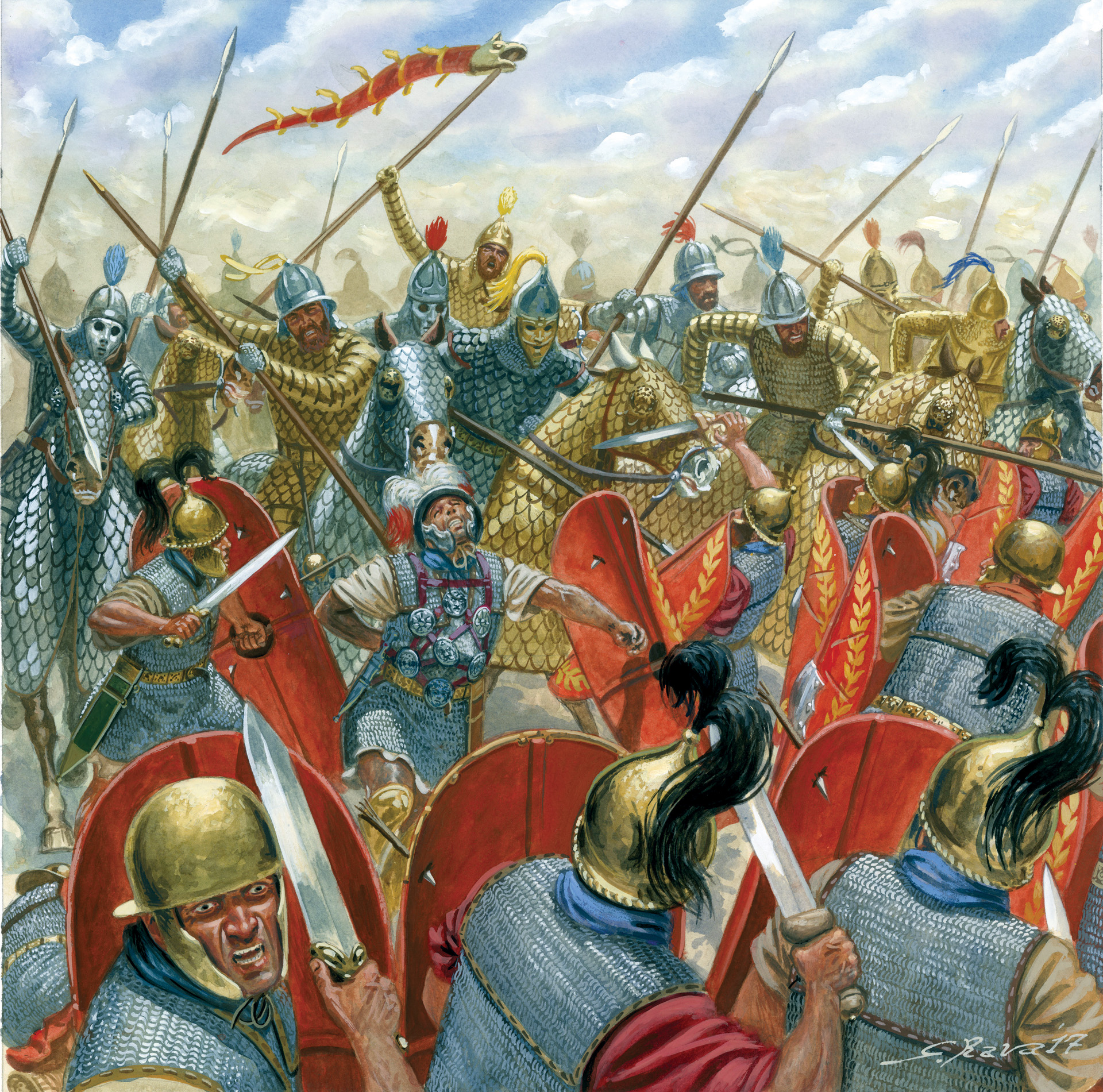
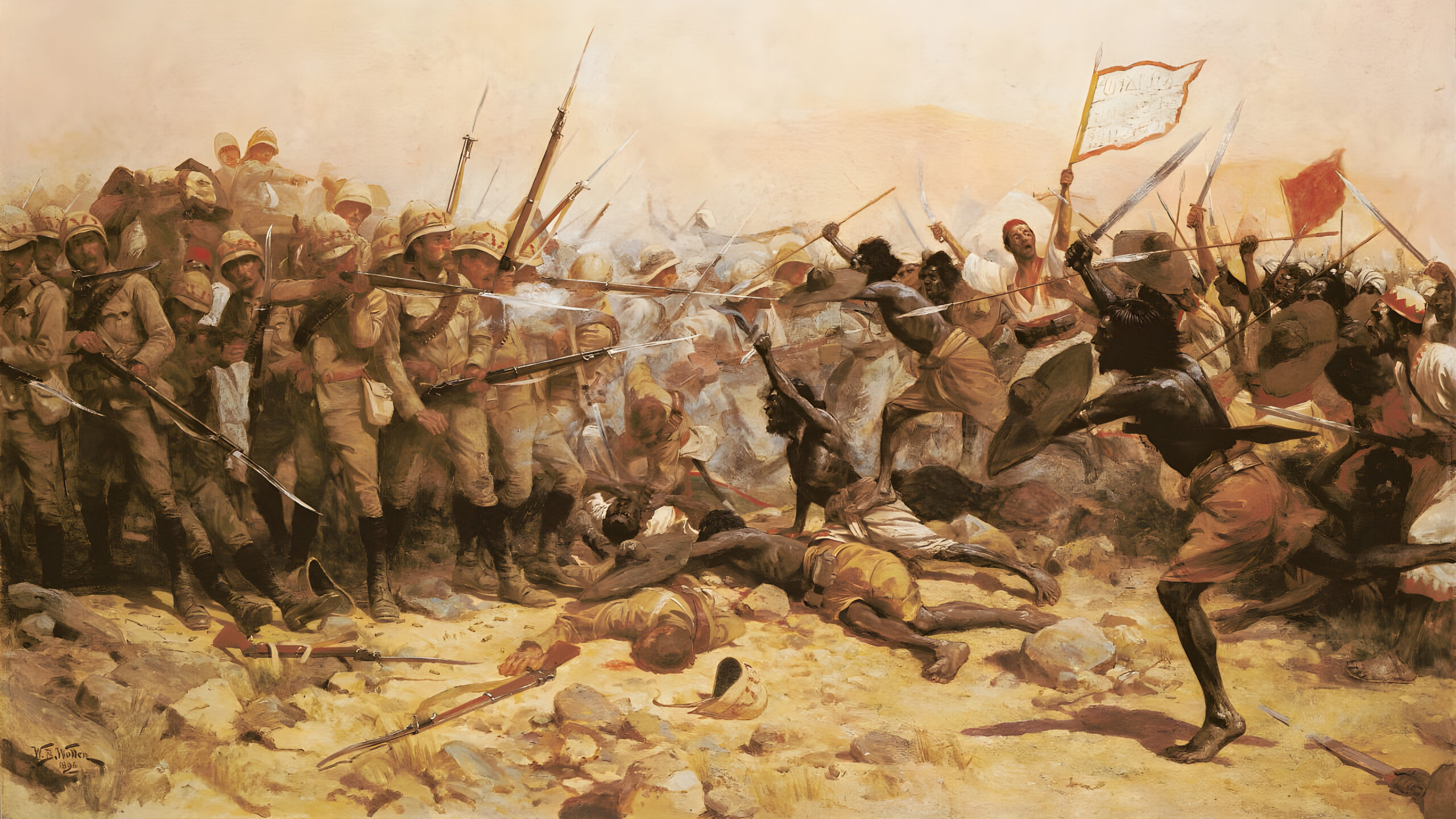
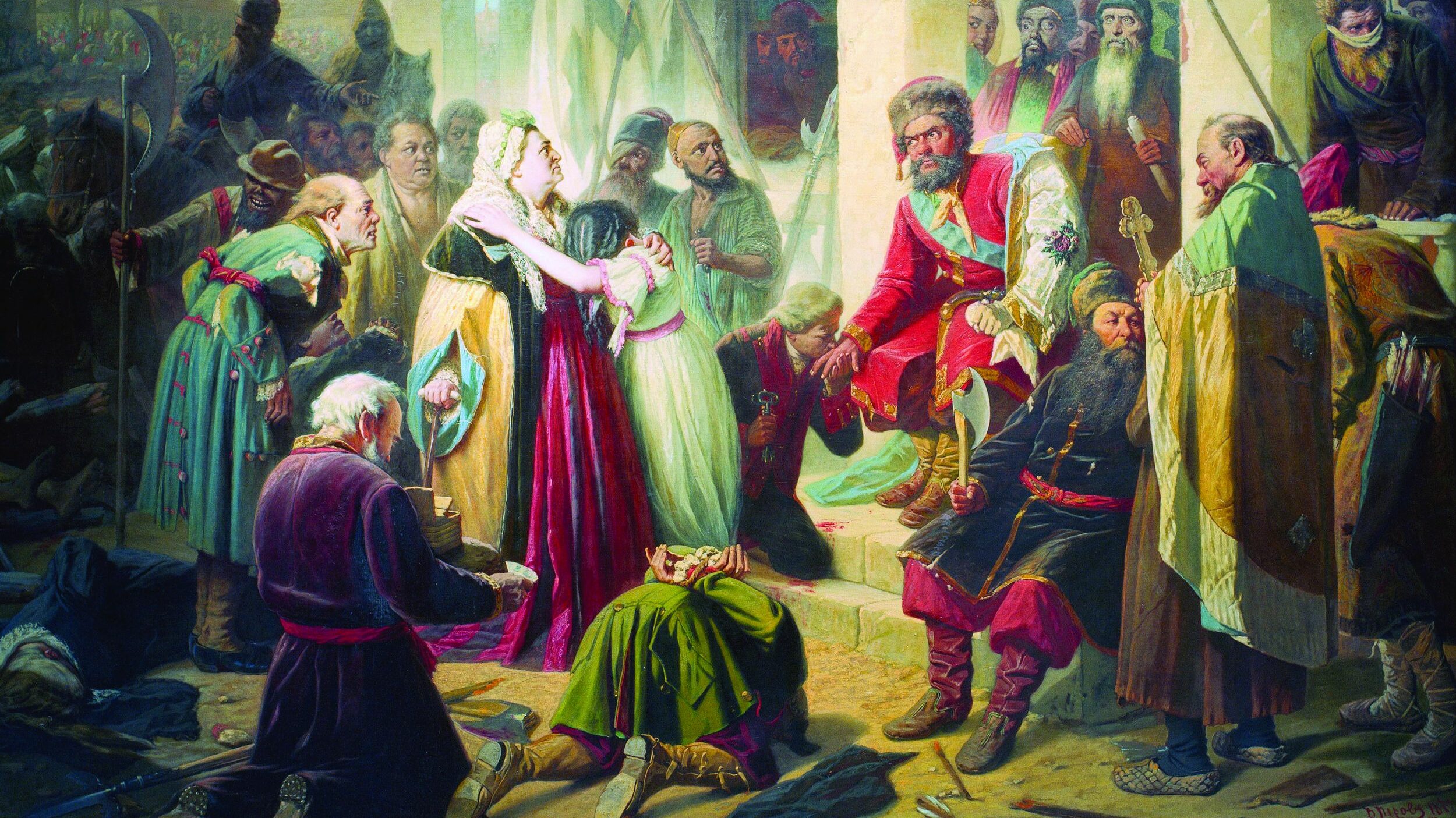
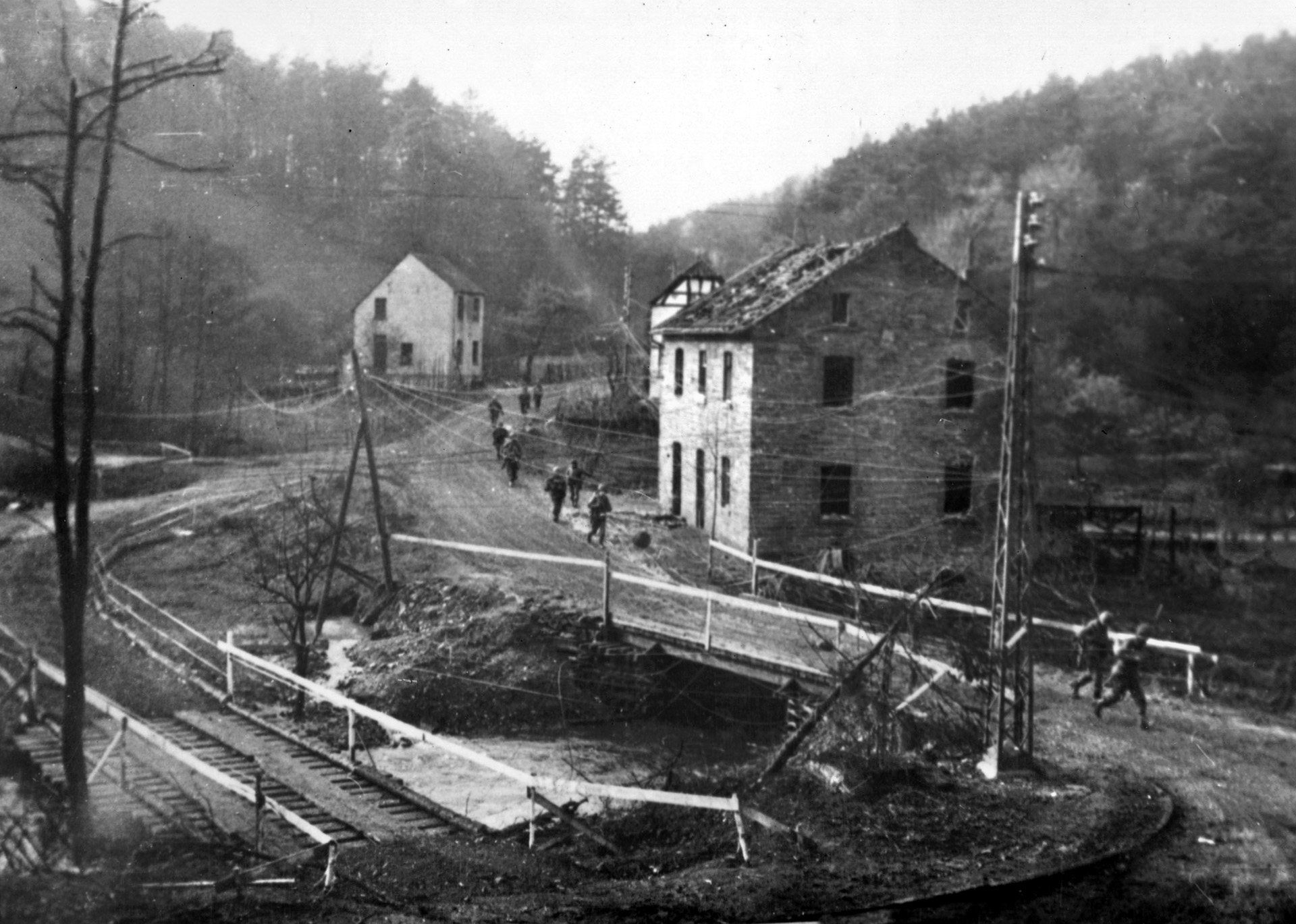
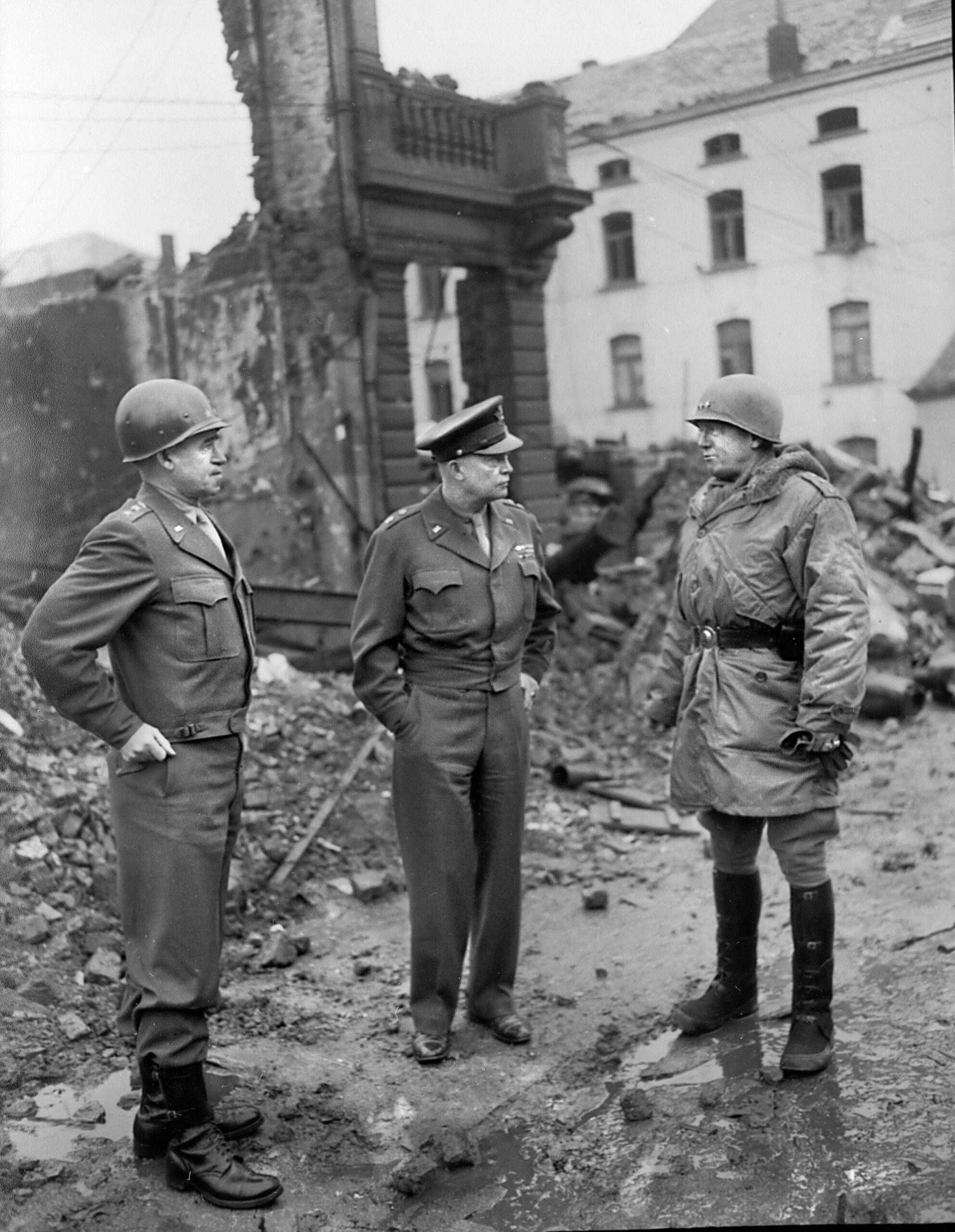
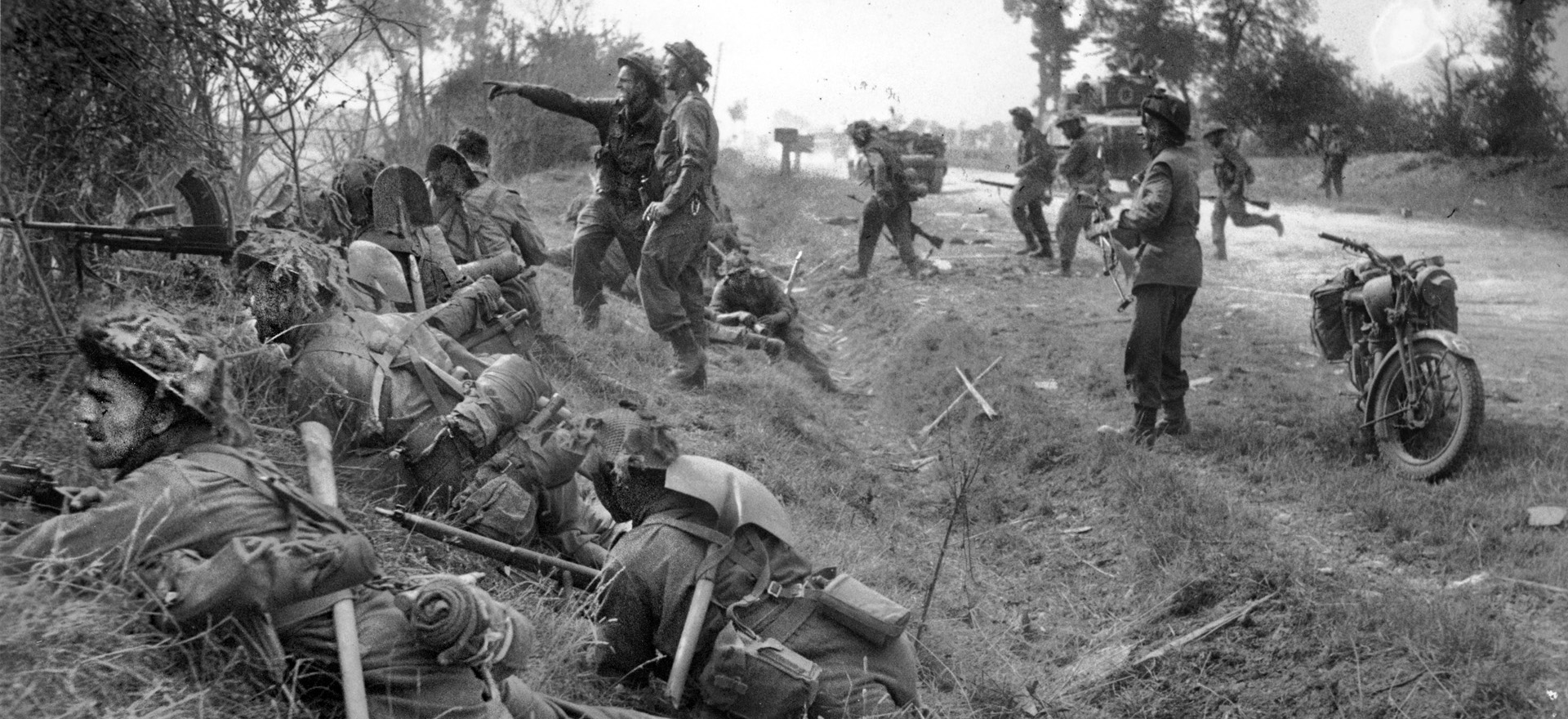
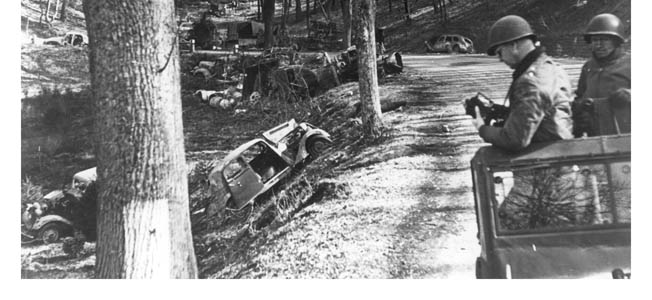
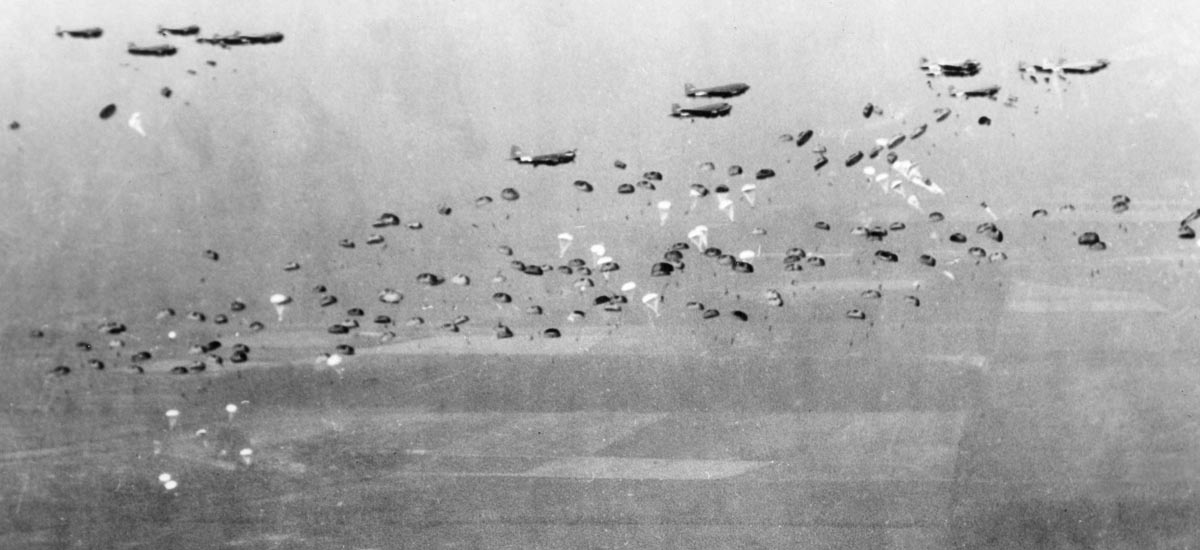
Join The Conversation
Comments
View All Comments